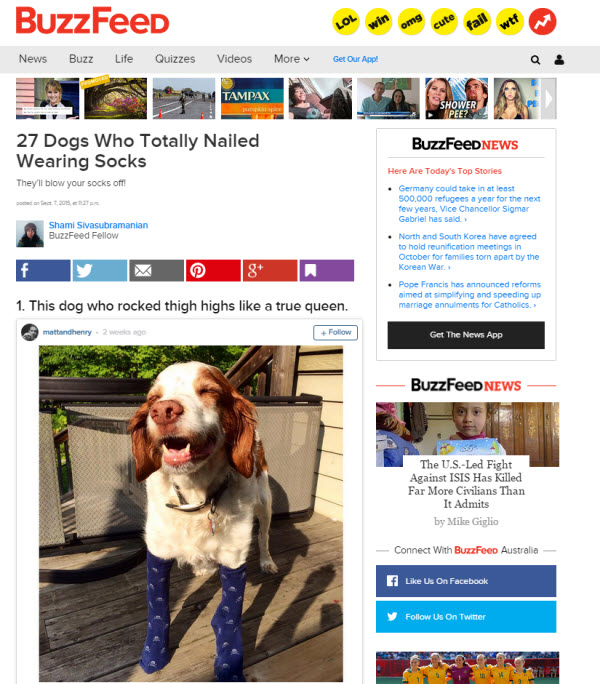It’s no secret that list-based articles, or listicles, have repeatedly proven to be successful content pieces on websites and social media. Traditional journalists have openly discouraged the use of this format, but even they cannot deny the positive results. Why does this form work so well? We take a look at the five main reasons below.

1. The headlines contain numbers.
The number is the key component in a listicle headline. Readers automatically know how much information they will receive in a quick and concise way. Additionally, numbers catch readers’ eyes in an overly saturated online environment. This is particularly true on social media networks like Facebook where articles are constantly competing for attention with a friend’s baby announcement, engagement photos or vacation updates.

2. They use a simple format.
Most articles have an introduction, large body for the bulk of content and a conclusion. Listicles take this format and make it simpler. The piece usually still has an introduction and sometimes a conclusion, but it breaks the content-dense body into easily digestible pieces by numbering the top subjects and adding supporting information (or sometimes just images or GIFs) below. This is easy for writers to replicate and clearly express their ideas.
3. They save readers time.
In a world where the human attention span has become shorter than that of a goldfish, it’s hard to imagine anyone reading through a long article, let alone retaining most of the information. A listicle, on the other hand, is easy to skim for the most important information, and it’s easier to process. It takes far less time to read and allows for better retention of the biggest-value information.
4. The content is easily shareable.
Listicles currently are some of the most organically shared content online. Cracked, Mashable and even traditional news sources like USA Today have used the format. With simple, eye-catching headlines, interesting graphics, and the share functionality embedded within the articles, it’s easy for readers to post what they just learned to other people in their social networks. Lately, it’s impossible to scroll through a news website and not find one of these articles.
5. They naturally generate conversation and engagement.
A listicle often concludes by asking readers for their opinions. These questions leave space for conversation among readers who want to share their thoughts. If you scroll to the bottom of the average Buzzfeed article (the news site is often credited with the popularization of the listicle), comments and responses from readers are abundant.
Given the benefits of using listicles, it’s a natural next step for marketers to turn listicles into branded opportunities. Marketers can highlight key brand messaging online through listicles on websites and social media presences, while encouraging engagement with readers. Pharma has been skittish about engaging with people in the social space in this way, but people do want to talk about their experiences. Ignoring that impulse to share and be heard is a potential missed opportunity.
How do you feel about listicles? Comment below with your thoughts.
Barakat, C. (January 2, 2014). 5 Reasons We Love and Hate Listicles. Retrieved August 13, 2015, from http://www.adweek.com/socialtimes/5-reasons-love-hate-listicles/140949.
McSpadden, K. (May 14, 2015). You Now Have a Shorter Attention Span Than a Goldfish. Time. Retrieved August 13, 2015.

